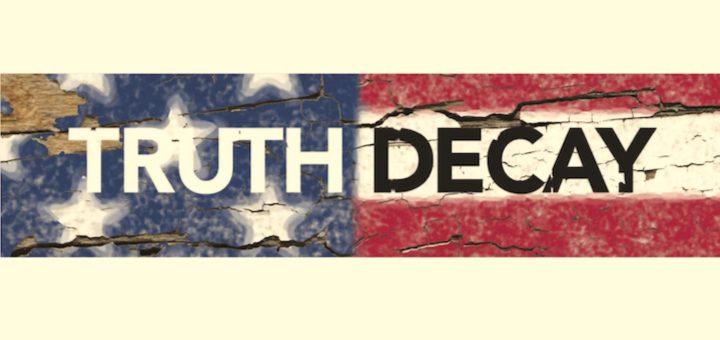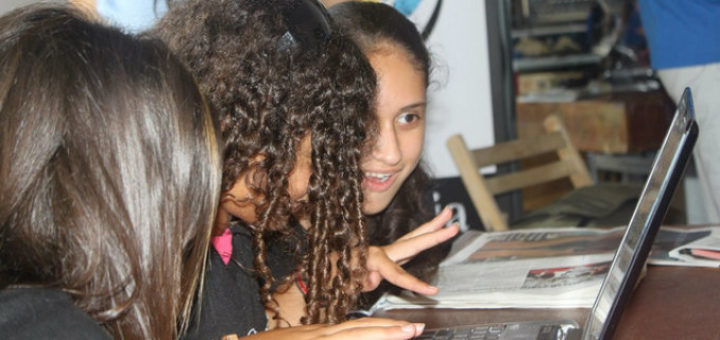Tagged: information literacy
Many students don’t consider the source of media they consume on Instagram, TikTok, YouTube or elsewhere. Often they don’t consider the ramifications of spreading fake news or conspiracy theories. Frank Baker shares ways educators can make media literacy a classroom priority.
New studies continue to reveal that many students cannot evaluate internet information for truthfulness, writes media literacy expert Frank W Baker. “It has become a crisis in American education,” he says, as disinformation becomes industrialized and “truth decay” spreads.
Many media literacy initiatives start with skills – teaching kids to fact-check and dig for information. Instead, Angela Kohnen and Wendy Saul urge us to guide students as they assume the identity of Generalist – “sifters” who are curious, skeptical, accurate and persistent.
To help students be ready for the challenges of their digital connections, infrequent workshops at school aren’t enough. Media educator and producer Diana Graber outlines what kids need to know and how to provide the curriculum to build competence and protect futures.
Get It Done by Jeffrey D. Wilhelm, Michael W. Smith, and James E. Fredricksen is “a treasure trove of helpful insights about why we need to care about the teaching of informational text,” says reviewer & flowchart maker Kevin Hodgson.
Visual literacy is vital skill for iGeneration students, says reviewer Patricia Thomas-Jeanig. She recommends Steve Moline’s See What You Mean: Visual Literacy K-8 (2nd Edition) which explores many kinds of visual texts and includes great teaching ideas.



















